Radiotelephony – Numbers
(Reviewed on 9th March 2021)
Pronouncing Numbers
During a recent flight I was cleared by ATC to climb to “fifteen hundred” feet. If you are an aviator, you should be aware that the number “fifteen” is never used in standard radiotelephony. I decided to make this post to let you know how to transmit numbers when using the radio.
Transmission of numbers is frequently done incorrectly and this post should make you confident in how to do it.
Transmission of Numbers
Numeral Pronunciation
0 Zero Bold Text shows correct pronunciation
1 One
2 Two
3 Tree
4 Four
5 Fife
6 Six
7 Seven
8 Eight
9 Niner
Decimal Decimal
Hundred Hundred
Thousand Tousand
Almost every number transmitted to you by ATC must be repeated back (with some exceptions).
All numbers (with a few exceptions listed below) must be transmitted by pronouncing each digit separately.
Check out a preview of my New RADIOTELEPHONY Book HERE
General Numbers
When transmitting messages containing aircraft call-signs, altimeter settings, flight levels (with the exception of FL 100, 200, 300 etc. which are expressed at ‘Flight Level (number) HUNDRED’), headings, wind speeds/directions, pressure settings, transponder codes and frequencies, each digit shall be transmitted separately; examples of this are as follows:
Type Number Transmitted as
Aircraft Reg. N3456S November Tree Four Fife Six Sierra
Flight Level FL 100 Flight Level One Hundred
Flight Level FL 130 Flight Level One Tree Zero
Heading 130 Degrees One Tree Zero Degrees
Speed 85 Knots Eight Fife Knots
Frequency 121.85 One Two One Decimal Eight Fife
Squawk 0234 Zero Two Tree Four
Altitude, Height and Visibility
All numbers used in the transmission of altitude, height, cloud height, visibility and runway visual range which contain whole hundreds and whole thousands should be transmitted by pronouncing each digit in the number of hundreds or thousands followed by the word HUNDRED or TOUSAND as appropriate. Combinations of thousands and whole hundreds shall be transmitted by pronouncing each digit in the number of thousands followed by the word THOUSAND and the number of hundreds followed by the word HUNDRED; examples of this convention are as follows:
Number Transmitted as
10 One Zero
100 One Hundred
2,300 Two Tousand Tree Hundred
12,000 One Two Tousand
22,000 Two Two Tousand
NOTE: Decimal points are NEVER pronounced as “point”. ALWAYS as “decimal”.
Time
When transmitting time, only the minutes of the hour are normally required. However, the hour should be included if there is any possibility of confusion. Time checks must be given to the nearest minute. Co-ordinated Universal Time (UTC) MUST be used at all times, unless specified. 2400 hours designates midnight, the end of the day, and 0000 hours the beginning of the day.
Number Transmitted as
0923 Hours Time Two Tree OR Time Zero Niner Two Tree
1400 Hours Time One Four Zero Zero
1743 Hours Time Four Tree OR Time One Seven Four Tree
See a FREE Preview of my NEW RADIOTELEPHONY BOOK HERE
Summary
If you study this post carefully, you should have no problem pronouncing numbers correctly on the radio. You will occasionally hear other pilots and Air Traffic Controllers pronounce numbers incorrectly. They are wrong. You will know that they are wrong. You will make mistakes – just like me. Put your mistakes behind you and strive to keep a high standard. Remember – “Practice makes perfect”.
Did you enjoy this post? Why not leave a comment below and continue the conversation, or subscribe to my feed and get articles like this delivered automatically to your feed reader.

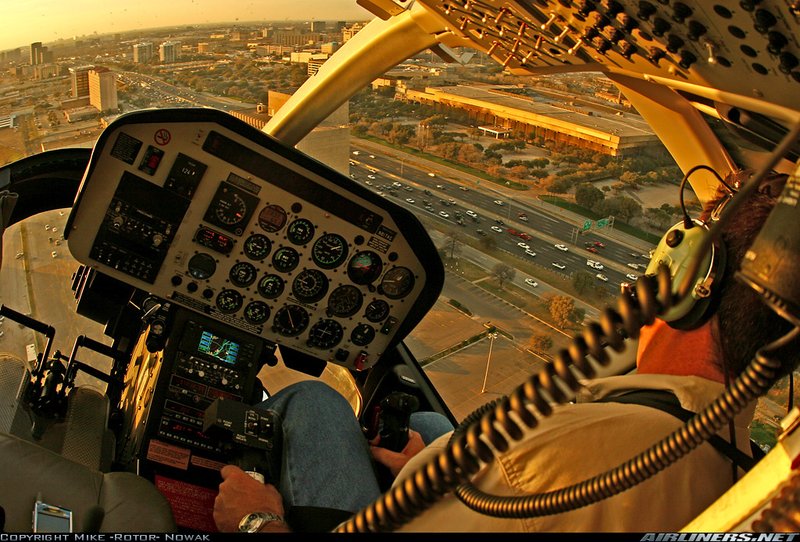


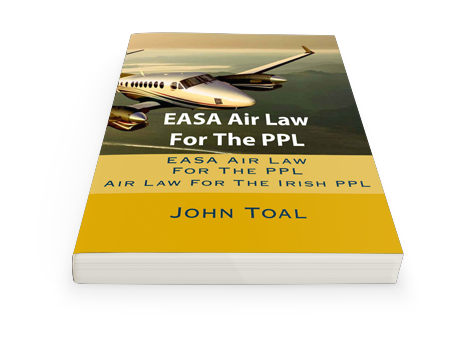
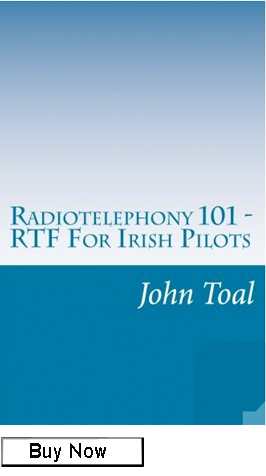
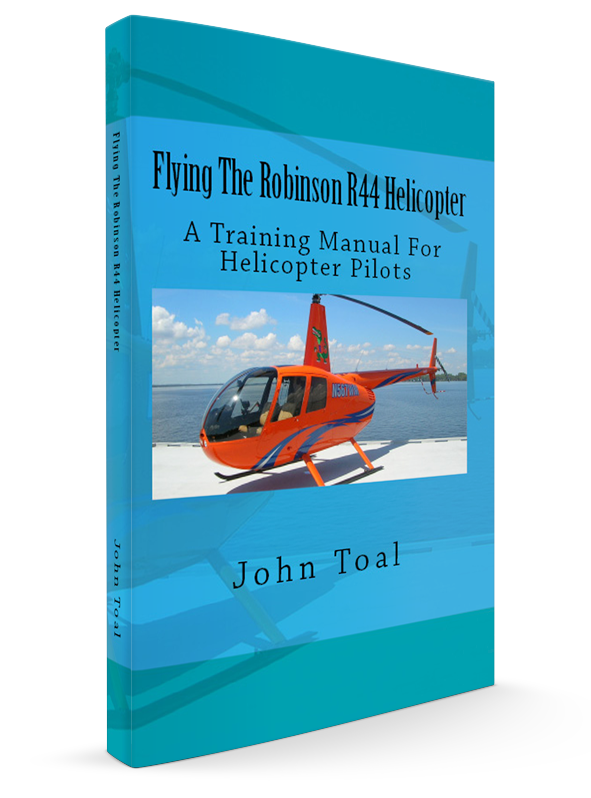

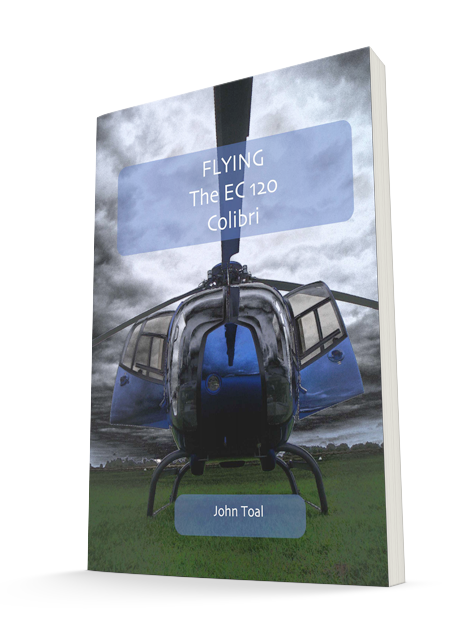
Comments
Leave a comment